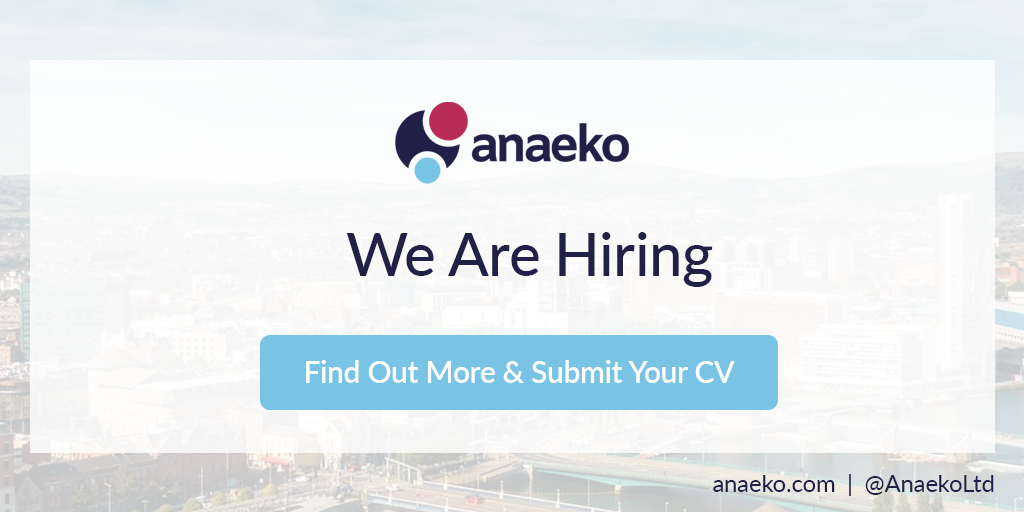When we talk about hybrid cloud we're talking about firstly organisations that are using both on-premise private cloud and public cloud offerings and secondly have applications that move between them.
There are various forms of those, for example we have worked on projects where a single application running in an environment is accessing data on private and public cloud because there are different benefits. We have also worked with applications that can move from on-premise into a cloud environment.
In multi-cloud what we're talking about is using one or more cloud offerings. One survey looked across large enterprises. 94% of them are using hybrid cloud and that's because they had a traditional legacy of on-premise applications but they are also adopting new cloud analytics and innovative applications, slowly transforming the organisation through digital transformation. 67% of those organisations were multi-cloud through circumstance where they have for example built up, through acquisition, two different sets of technology stacks maybe AWS and Azure.

We are starting to see an acceleration in hybrid and multi-cloud adoption so while large enterprises had adopted that journey, and were on a strategy, some organisations were caught off guard, it wasn't that they hadn't thought about it, they just realised with a private managed data centre all of a sudden they had to support a broad range of remote workers. This has now triggered a greater appreciation for what we call best fit cloud strategies.
Best fit is choosing the workload to work in the right place and storing data in the right place. Managing your network, policy and government governance accordingly. Hybrid cloud is sometimes a tactical step as a way to get towards a multi-cloud strategy because hybrid cloud bridges the on-premise enterprise environment and new innovative workloads. For example machine learning, AI and multi-cloud gives this great opportunity to accelerate and innovate.
Different public cloud providers are releasing new services and you can take the best from each of the different clouds. This encourages competition, drives price competitiveness and increases service delivery. We've seen this across our clients with an increased demand for cloud assessments, cloud readiness, what workloads can work where, and interoperability services.
So how can you move applications that work from one side to work with another? Our clients have come from a broad range of domains from the telecoms background to public sector central government, health's private sector, and a range of innovators who are using advanced capabilities of cloud scalability to deliver new disruptive services. They all agree on the same benefits and challenges:
- Increased agility
- Cherry-pick the best technologies
- Optimise cost
- More than one cloud and more than one technology stack means spreading investment in training and hiring
Within multi-cloud environments a framework we often use is the design, build and operate model. Doing discoveries to understand the problem, in an agile way, and getting a new product or service to market quickly. Combining all the parts that make up these complex services from the sensor devices to network infrastructure, whether that's on premise or other service platforms. Those applications are incrementally released and managed for internal line of business and customer facing services.
DevOps really is about bringing design, development and operations together through tools and processes where there's an increased cycle of design, build, test, release and monitor. The DevOps market is growing rapidly, that culture is growing rapidly, and within in it we have Kubernetes.
Looking at service applications what emerged was an optimisation of how applications were built, from services, to very lightweight containers or containerised services. Containers combine an operating system with much lighter service components. Kubernetes is a platform to manage those so you can deploy quickly and orchestrate an increasing number of applications. It's not necessarily relevant to every single application but Kubernetes has become the de-facto platform for cloud native applications and some of the benefits are faster time-to-market, the ability to scale quicker, and elastic scaling, increasing and decreasing the capacity, improving your availability, optimise the underlying IT cost through digital transformation and support a migration to cloud and enable multi-cloud flexibility.
Kubernetes is a capability that can help organisations address the hybrid-cloud and multi-cloud reality.
Hybrid-cloud Scalability
80% of organisation data is unstructured and those organisations are struggling with that explosion of data growth so they want to accelerate their analytics, automate machine learning pipelines, apply data governance, facilitate audits and regulatory compliance, and ultimately optimise cost because so much of that data may be redundant obsolete or trivial, or it could be accessed infrequently and moved to colder cheaper storage.
We collaborate with 5 agile teams distributed across 9 global sites, applying scaled agile framework (SAFe) principles to the project. Development, devops and test resources deliver fortnightly releases, from a shared code base, against a product roadmap. We combine industry best-practice and Anaeko’s Practical Agile methodology to ensure predictable, stable, releases. To date, we have successfully delivered 40 sprints and enabled 6 major releases of a global product.
One example project is a hybrid-cloud product that scans on-premise and cloud storage environments at massive scale, with an agile distributed team, that needs to cope and deliver on an advertised schedule. Kubernetes fits in where the application itself has been designed from the start as a micro-service so our architecture consists of a number of components that are deployed as docker containers and Kubernetes is used to manage the containers within the system from development to test.
Kubernetes allows developers to focus more on the the functionality of the product without the need to worry so much about deployment, so although we were on a fixed release cycle it allows us to develop more features within each release maintaining scalability and availability. The product was developed with Kubernetes in mind but the initial version of the deployment was deployed effectively as a virtual machine which meant that only vertical scaling was possible. Deployment into Kubernetes meant we had the option to scale horizontally.
Anaeko Kubernetes Interoperability Service makes things work at scale, optimising Kubernetes and digital transformation from on-premise to hybrid-cloud and multi-cloud for companies and organisations implementing cloud best-fit. We've developed tools and techniques with mixed skills teams. Contact us for more information around our Kubernetes and digital transformation services: here
Anaeko are Hiring!
If you are an enthusiastic and energetic software engineer looking for continuous challenges in a rewarding role, then get in touch.
We are hiring multicloud data and platform engineers across Go, Kubernetes, Python, Java, .NET and Angular to name but a few.
Topics: Hybrid Cloud, Digital Transformation, Multi Cloud, Data, Kubernetes



%20(Facebook%20Event%20Cover)-61.png)
